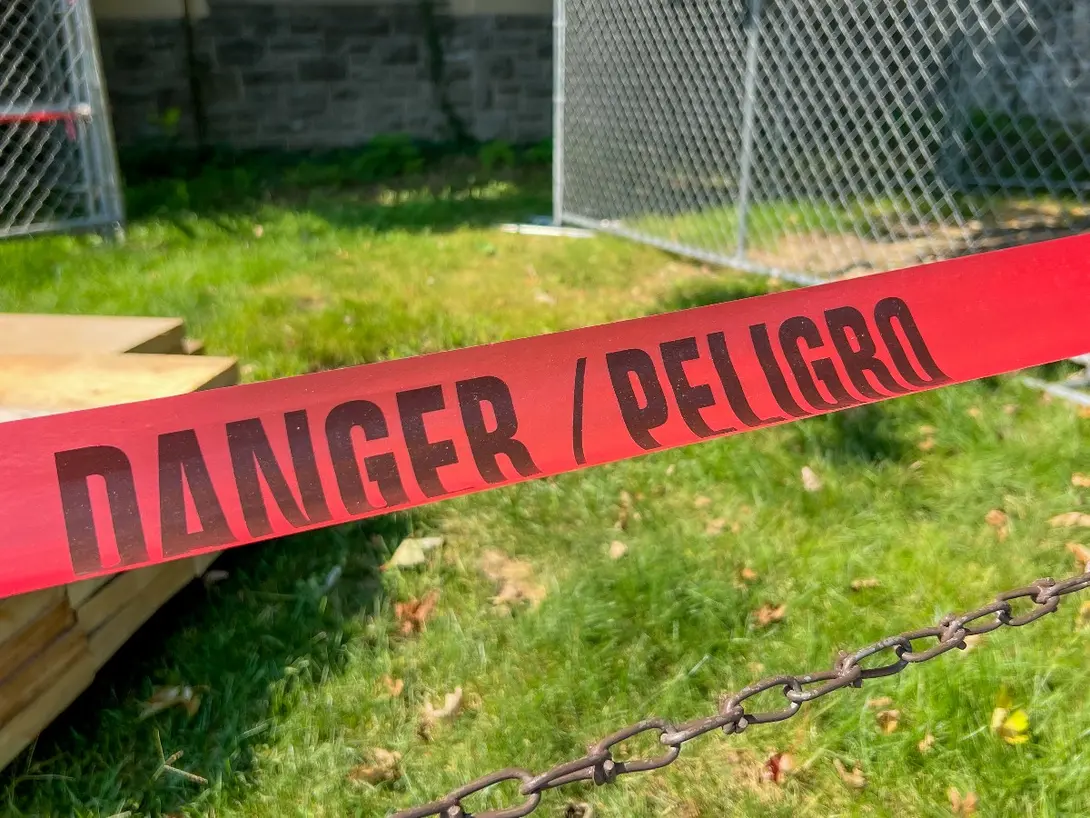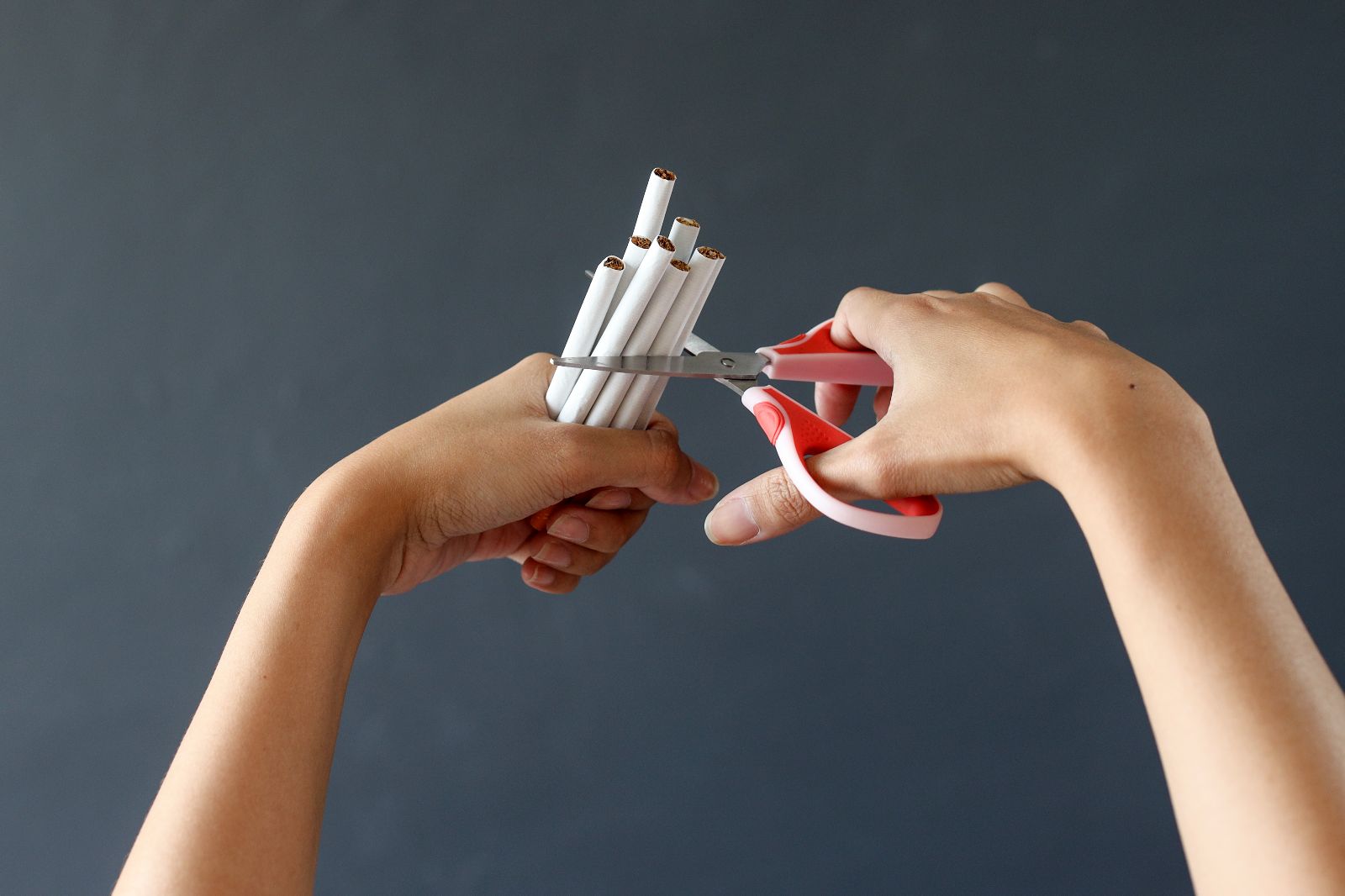In the digital age, where the line between the real and virtual worlds is increasingly blurred, social media has become a stage where the search for fame and recognition can lead people to unsuspected extremes. This is summed up by the fact that the search for virality has become a goal for millions of people.
Viral "trends" or "challenges", in theory a fun way to participate in the online community, can take a dark and dangerous turn. It is increasingly common to see videos of young people, and not so young, performing impossible stunts, ingesting toxic substances or putting themselves in extremely risky situations, all for a few "likes" and the ephemeral glory of virality.
This phenomenon, far from being a simple passing fad, raises serious questions about the nature of fame in the digital age, the responsibility of online platforms and the growing addiction to validation on social networks.
What is driving us to risk our lives for a moment of virtual attention? Are these challenges a form of entertainment or a warning sign about the mental health of a hyperconnected society?
Today we want to explore a little of the roots of this worrying trend, analyzing everything from the history of virality on the Internet to the role that large digital platforms play in the proliferation of these dangerous challenges.
Virality on the Internet
The concept of "viral" dates back to long before the existence of the Internet, referring to the rapid spread of ideas, fashions or behaviors. However, with the arrival of the Internet and social networks, virality took on a completely different dimension. In the early 2000s, with the popularization of platforms such as YouTube and the first social networks, user-generated content began to reach massive audiences organically.
Home videos, such as the famous "Star Wars Kid" or the "Numa Numa Dance," became global phenomena overnight, demonstrating the power of the Internet to catapult ordinary people to fame.
Social media became a showcase where creativity and originality were rewarded with visibility and recognition. However, this democratization of fame also brought with it increasing pressure to stand out in a sea of content, and there was born an unbridled race to get "likes," comments, and followers, sometimes at any cost.
At its core, virality offers immediate rewards: likes, comments, and new followers. This activates the same reward circuits in the brain as gambling or drugs, generating a need to repeat and surpass what has been achieved before. In this context, dangerous challenges become an almost perfect formula to capture attention: they combine surprise, adrenaline, and a high dose of risk.
History of dangerous challenges on the Internet
What was the first viral challenge?
It is difficult to pinpoint exactly what the first dangerous challenge to go viral on the Internet was, but one of the pioneers that marked the beginning of this worrying trend was the "Cinnamon Challenge" around 2010. This challenge consisted of swallowing a spoonful of cinnamon powder in less than 60 seconds without drinking water. Although it seems harmless at first glance, cinnamon is caustic and can cause throat irritation, difficulty breathing, and even aspiration pneumonia. Despite its danger, the challenge quickly became popular on YouTube, generating thousands of videos of people trying it, with results ranging from the comical to the alarming.
The Benadryl Challenge
Another infamous example is the “Benadryl Challenge” that emerged on TikTok in 2020. This challenge encouraged teenagers to consume large amounts of diphenhydramine (an over-the-counter antihistamine known as Benadryl) to induce hallucinations and record themselves on video. The consequences of this practice were devastating, with numerous cases of young people being hospitalized and even some deaths. Diphenhydramine overdose can cause seizures, cardiac arrhythmias, and even death, as the Healthy Children website warns.
The Train Challenge
This challenge involved climbing onto the roof or sides of a moving train, with the goal of recording videos and taking photos to share on social media. The consequences of this challenge can be fatal, including falls from great heights, electrocution from contact with high voltage cables and collisions with objects near the tracks.
Milk Crate Challenge
This challenge is open to all ages. The challenge was first launched in 2021 and involved stacking milk crates in a pyramid shape and trying to climb up and down them without falling. While it may look fun at first glance, milk crates are unstable structures, and falls from such a height could cause fractures, serious bruises, and even spinal injuries. Many of the videos of this challenge showed people falling from considerable heights.
Why are these types of challenges done?
Risk addiction
Thrill-seeking and adrenaline-pumping are an intrinsic part of human nature. For some people, especially teenagers and young adults, risk has a particular appeal. Engaging in dangerous activities can create a feeling of euphoria and excitement, which can be addictive. Viral challenges, with their challenge component and the possibility of gaining social recognition, exploit this predisposition to seek extreme sensations.
Validation addiction
In the age of social media, social validation has become a highly valuable currency. Likes, comments and follower counts have become indicators of popularity and self-esteem. For many, especially the younger crowd, online approval becomes a necessity, and viral challenges, however dangerous, are presented as a fast track to it. The possibility of instant fame, however fleeting, can be an irresistible incentive for those desperately seeking acceptance from their virtual peers.
Instant reward
We live in a society that rewards instant gratification. Social media, with its constant notifications and never-ending stream of information, has contributed to shortening our attention spans and increasing our impatience. Viral challenges offer immediate reward in the form of likes, comments, and views. The effort required to complete the challenge, while considerable and even dangerous, is perceived as minor compared to the quick reward that can be obtained.
Everyone is doing it
Humans are social beings, and the need to belong is one of their most basic motivations. When a challenge goes viral, it creates a sense of community and collective participation. Social pressure, both explicit and implicit, can lead people to take actions they would not otherwise consider, simply because “everyone is doing it.” The fear of being left out, of not being part of the online conversation, can be a powerful motivator for participating in viral challenges, even when one is aware of the risks. The Gaptain portal states, in its article on viral challenges, that the need for approval on social networks is one of the main factors that lead young people to participate in these dangerous challenges.
The responsibility of digital platforms
Lack of measures to stop this type of action
Although the main digital platforms such as TikTok, Instagram and YouTube have policies that prohibit the publication of content that incites violence or dangerous activities, the reality is that the implementation of these measures is, in many cases, insufficient. Automatic detection algorithms for dangerous content often fail, and manual moderation is overwhelmed by the huge amount of content that is published every second. In addition, many of these challenges are masked under seemingly harmless hashtags, which makes them even more difficult to detect.
Slow or no reaction
Even when a dangerous viral challenge is reported, the response from platforms is often slow or, in some cases, non-existent. Removing videos or suspending accounts can take days or even weeks, more than enough time for the content to spread and cause harm. In addition, the lack of transparency in moderation processes generates frustration among users, who often do not understand why certain content is removed and others are not. The general feeling is that platforms prioritize user engagement and retention over user safety and well-being, as mentioned in the article from Con Vos en la Web, which emphasizes the importance of adults accompanying young people in the responsible use of the Internet and alerting them about these dangers.
How to stop this type of trend?
Stopping the spread of dangerous viral challenges is a complex task that requires a multifaceted approach. There is no magic solution, but there are steps that can be taken to mitigate the problem:
- Education and awareness: Educating young people about the risks of participating in these challenges and encouraging critical thinking is essential. Media literacy programmes in schools, awareness campaigns on social media and the involvement of responsible influencers can help create a culture of online safety. As Healthy Children points out, it is crucial that parents talk to their children about these viral challenges and explain the dangers they entail.
- Greater responsibility of platforms: Digital platforms must invest more resources in detecting and removing dangerous content, improve their moderation algorithms and be more transparent in their processes. In addition, they should actively collaborate with authorities and civil society organisations to develop more effective prevention strategies.
- Parent and educator involvement: Parents and educators have a fundamental role in preventing these behaviours. It is important to maintain an open dialogue with young people, monitor their social media activity (without invading their privacy) and encourage responsible internet use.
- Promote positive alternatives: Instead of simply banning or criticizing, safe and healthy alternatives for entertainment and socializing should be promoted. Encouraging creativity, sports, art and other activities that do not involve unnecessary risks can help channel young people's energy in a positive way.
Dangerous challenges on the internet are a symptom of a culture obsessed with virality and instant validation. Although the responsibility lies with those who carry them out, digital platforms also have a key role in curbing this problem. To protect users, especially the youngest, it is essential to promote a more conscious and safe internet culture.
We invite you to reflect on your own consumption of content on social media. Have you ever been tempted to participate in a dangerous viral challenge? What can you do to promote more responsible internet use? Share this article with your friends and family to raise awareness about this important issue. And remember: your life is worth much more than any viral trend. Don't risk it for a like!










































Comentarios